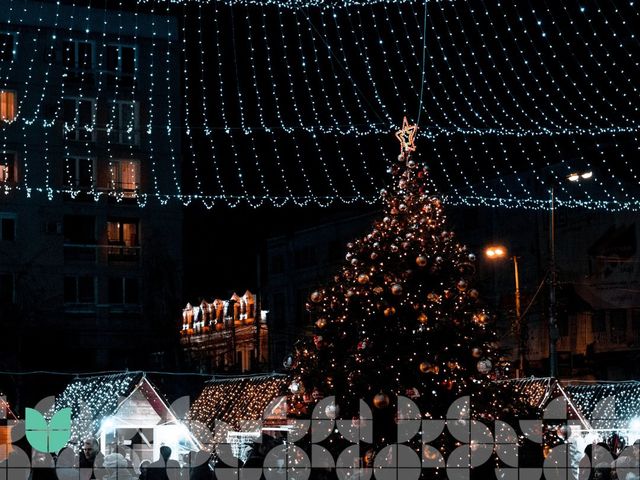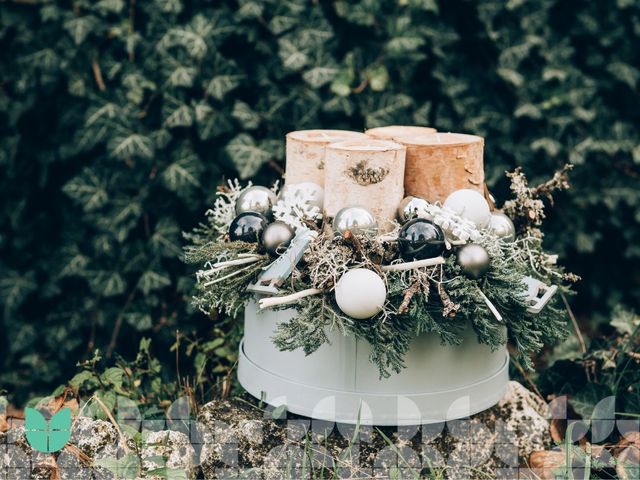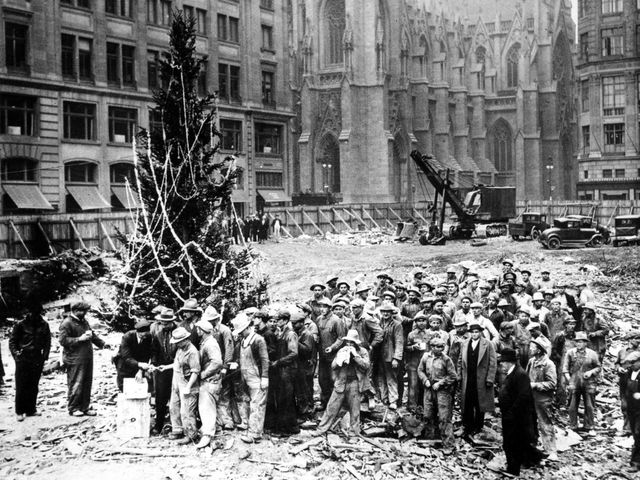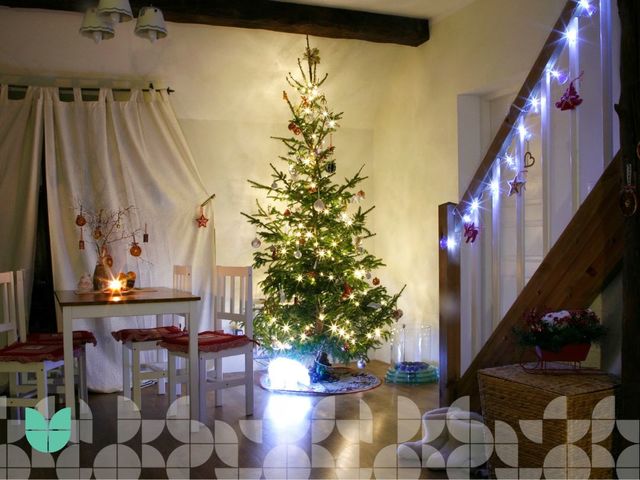Strolling around certain neighborhoods in the build up to Christmas has become a spectator’s sport. There are homes that claim that their lights can be seen from space, and sometimes this is hard to deny. Seasonal garden decorations generally consist of trees and shrubs adorned with lights, but some homes go as far as adding life sized reindeer and sleigh with Santa climbing into the chimney.
Many cities will light up park trees and hang giant baubles and stars from the branches.

The Christmas tree was originally the symbol of the birth and resurrection of Jesus Christ. The evergreen was said to symbolize immortality and the wreath was the embodiment of the crown of thorns worn by Jesus on the cross. Perhaps the original meaning of the tree has been a little lost over the centuries, but it remains a poignant symbol of Christmas.
Early Romans were known to have decorated temples with wreaths and boughs in celebration of the feast of Saturnalia and Egyptians used fresh palm rushes to worship Ra. European pagans would decorate their homes with evergreen branches and the use of mistletoe, pine, and fir as a symbol of winter solstice, actually pre-dates Christianity.
But it was many years later that a group of German bakers would go down in history as the creators of the Christmas tree as we know it today.

Paradise Tree
Protestant tradition credits Martin Luther as the first to decorate an evergreen tree which he claims he brought into his home to brighten up the dark winter for his family. But it was 65 years before he was born that the Paradise Tree came to be. This is believed to be the first Christmas tree.
While debate remains over who was first to decorate a tree as a symbol of Christmas, it is widely reported that in 1419, a group of German bakers decorated an evergreen with gingerbread, bright red apples, and tinsel. The 24th of December was known as the feast of Adam & Eve and the bakers guild of Freiburg were staging ‘Paradise Play’ which was the story of Adam & Eve’s creation and subsequent banishment. The tree became known as the Paradise Tree.
As far forward as the 1800’s, trees remained decorated with apples and nuts and strips of red paper. It was later in France that the first candles were used as decorations. In 1848 Prince Albert placed a decorated tree in Buckingham palace and it was only then that the more puritan Americans who had previously rejected the idea of a decorated tree, finally adopted the tradition.

Image: 1931 Rockefeller Tree, New York Historical Library.
In 1931 the first, albeit modest, Rockefeller tree was erected. A group of Italian American workers propped up a 20ft Balsam Fir and decorated it with “strings of cranberries, garlands of paper, and even a few tin cans.” Today’s 100ft Norway Spruce Rockefeller tree is stuff of legend with people travelling far and wide to ice-skate under is glorious lights.
While cutting down trees may feel like the enemy of the environment, using a real tree is in fact, better for the environment than a fake or disposable tree. Reusing an artificial tree may seem like a more sustainable choice but the materials that the trees consist of, are basically un-recyclable and the manufacturing generates many pollutants. They are also often made from PVC which is a known carcinogen, and many are produced in China which also adds to the carbon footprint.
Real Trees
Using a real tree with an attached root ball means that it can be replanted after Christmas. If this is not an option, try to buy a tree from a local producer and look out for recycling programs for used trees.

Many neighborhoods provide drop off points and will use the trees to produce mulch or compost locally. LED lights are not only safer, but they will also reduce your energy bill, and their drastically smaller electricity consumption is kinder to the environment. Garlands and wreaths can be created using holly and broken branches from the garden and wooden reindeer are easily constructed using logs and twigs.

Like most sustainable and environmentally responsible options, all the garden needs is a little creativity.
Read more about garden design.
If you are interested in starting your own business or designing your garden, have a look at our courses and how we can help you succeed!

